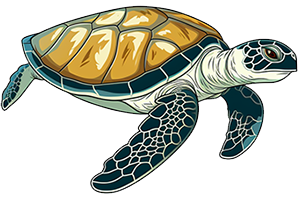Tag: punnett
-
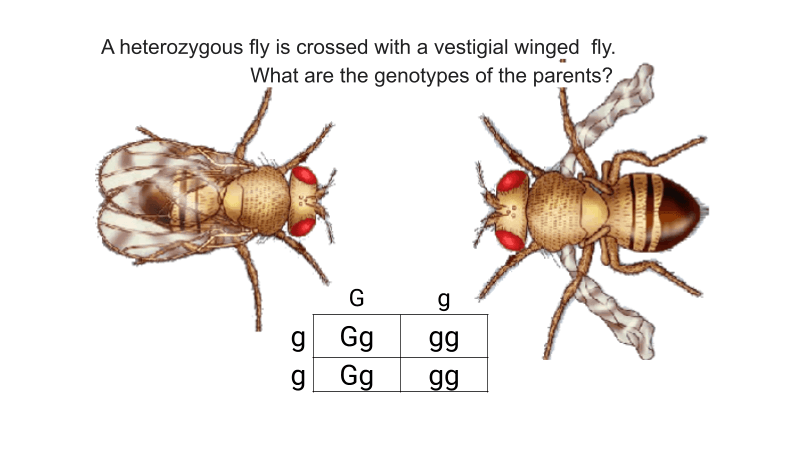
Fruit Fly Genetics
Fruit Fly Genetics showing inheritance patterns for vestigial wings and eye color.
-
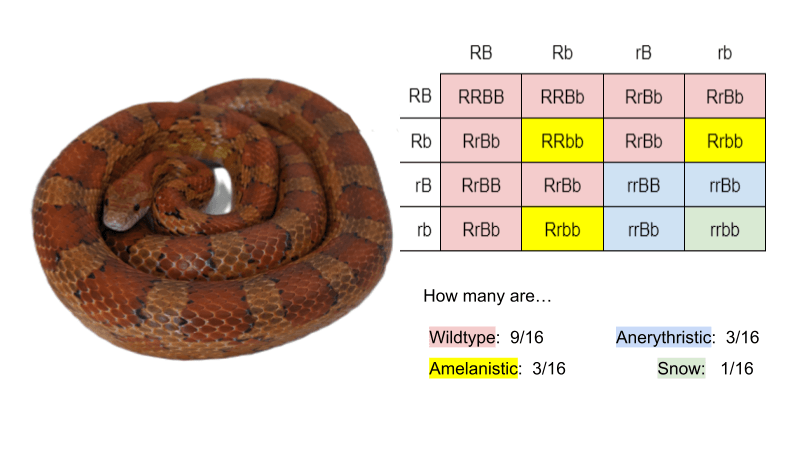
Corn Snake Genetics – Explore the Morphs!
Practice dihybrid crosses with this activity on corn snakes. Corn snakes are red and black, with variations in shade and markings.
-
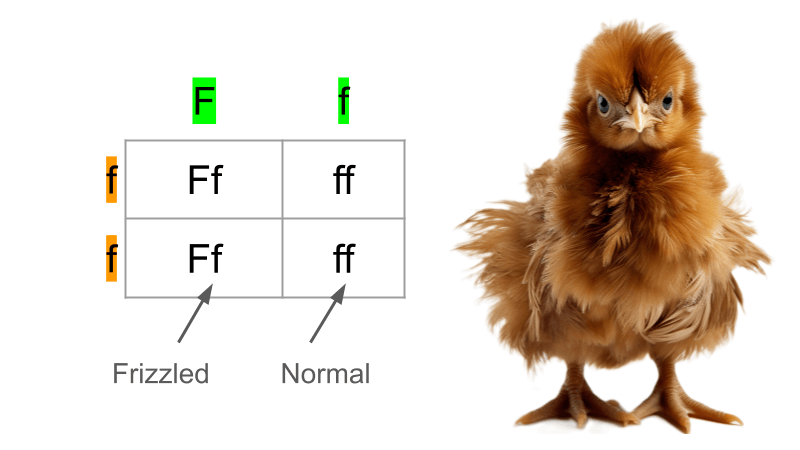
The Genetics of Frizzle Frazzle Chicks
Frizzle feathers in chickens is the result of a dominant allele. Practice crosses between different types of chickens, by completing Punnett squares.
-
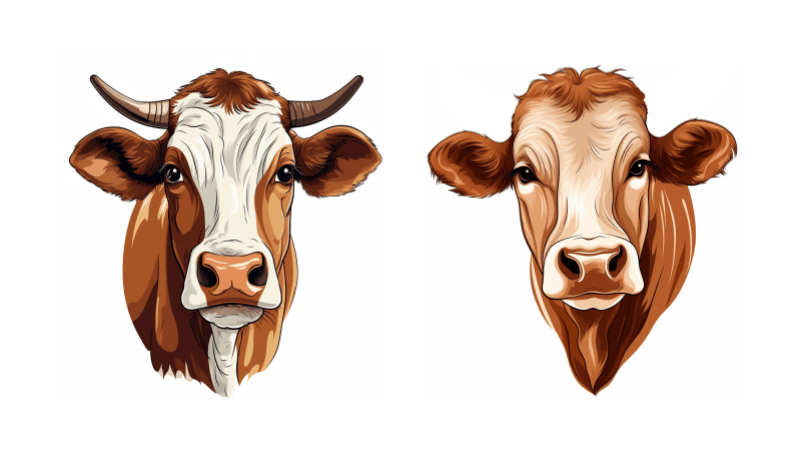
Genetics Practice – Roan Cows with Horns
Practice genetics with cows! Cows can be horned (hh) or hornless. They can also be red, white, or roan colored.
-

Peas, Please! – A Practice Set on Mendelian Genetics
Students practice assigning genotypes (PP, Pp, or pp) to different traits based on whether the trait is dominant or recessive. They set up Punnett squares, and determine the phenotypic ratios of the offspring.
-
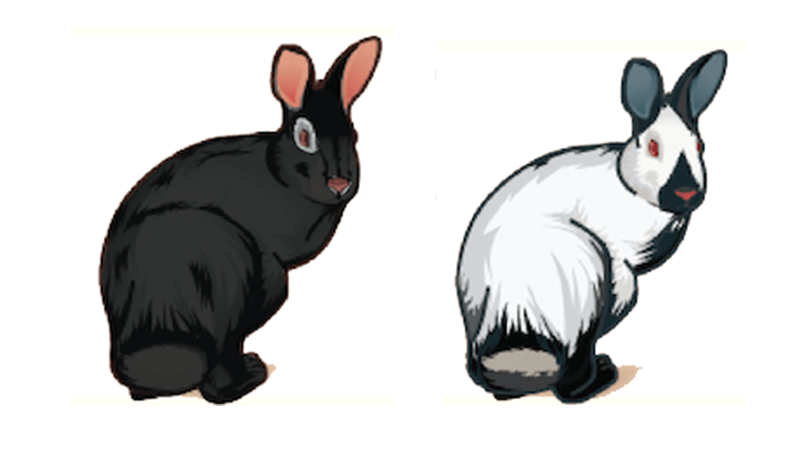
Multiple Allele Traits in Rabbit Coat Color
Students practice genetics of multiple allele traits as they study coat colors in rabbits: black, chinchilla, Himalayan, white.
-
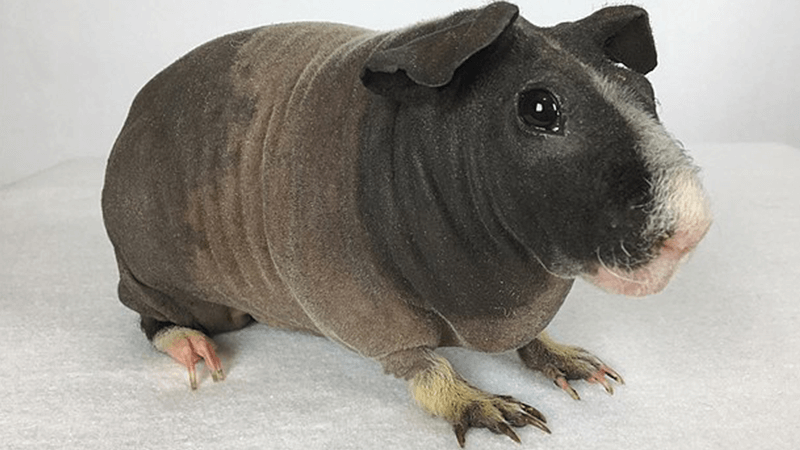
Practice Punnett Squares with Skinny Pigs
“Skinny Pig Genetics!” Hairlessness in guinea pigs is a recessive trait. Students practice Punnett squares with this simple worksheet.
-
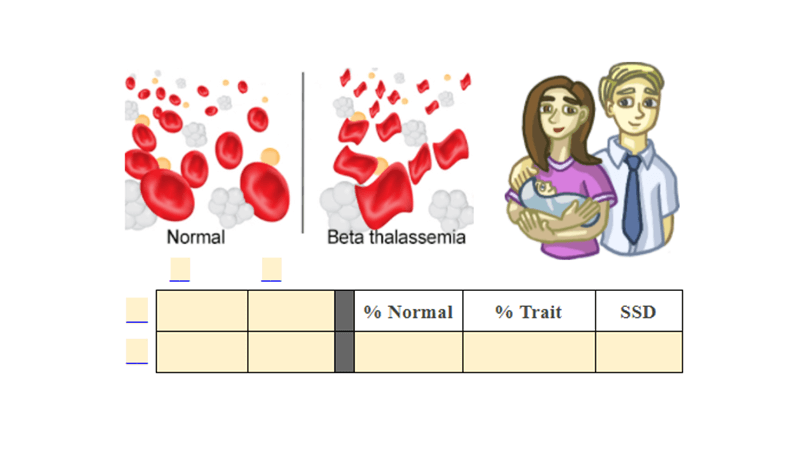
Genetics of Blood Disorders – Hemophilia and Sickle Cell
I created this worksheet for anatomy students to practice using Punnett squares and comparing different types of mutations that affect the blood. Ideally, students will have already learned about genetics of blood types. Because I use this worksheet in my anatomy class, I don’t spend a lot of time teaching genetics. However, students do need…
-
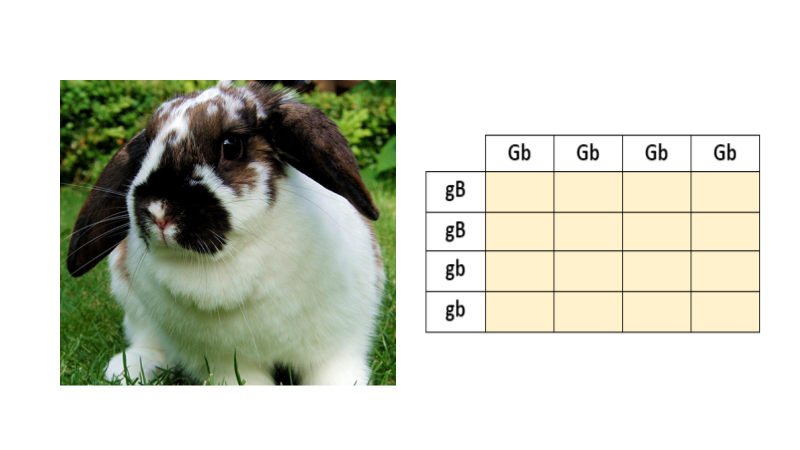
Genetic Crosses in Rabbits (Remote)
Students learn how to do Punnett squares with two traits by practicing completing 4×4 squares.
-
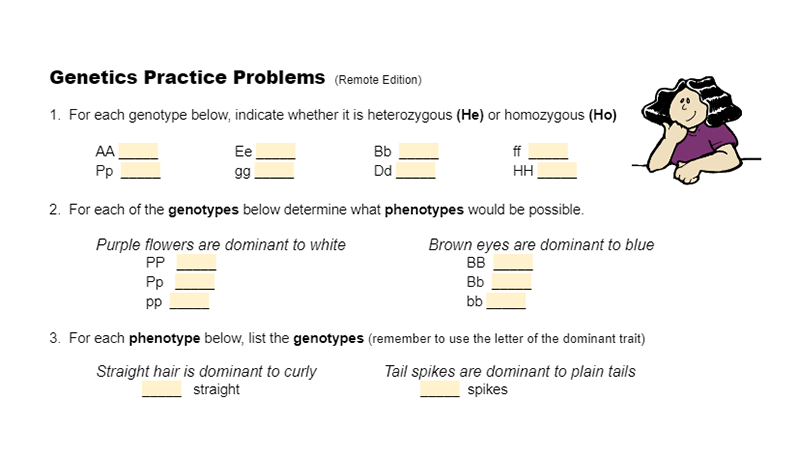
Genetics Practice (Remote)
This worksheet was modified from a popular (and long-standing) worksheet where students practice genetics crosses: Simple Genetics Practice Problems. This version was created for remote learning during the 2020 pandemic. It is similar to the printout students would normally use, but in the case, I used inserted tables in Google docs to set up the…
-
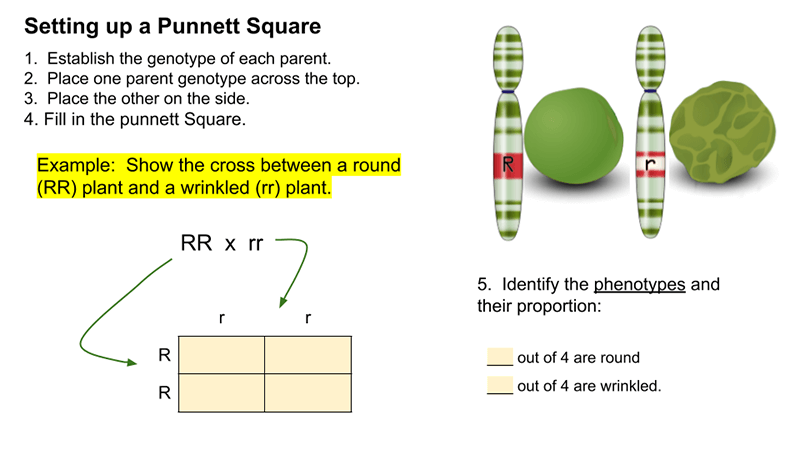
Genetics Practice Problems with Google Slides
For students who are learning remotely, genetics lessons that involve Punnett squares and probability may be challenging. In a traditional class, I would give students small whiteboards and we would practice doing crosses together. I could circulate around the room to help students who are struggling, and they could help each other. Plus, they love writing…
-
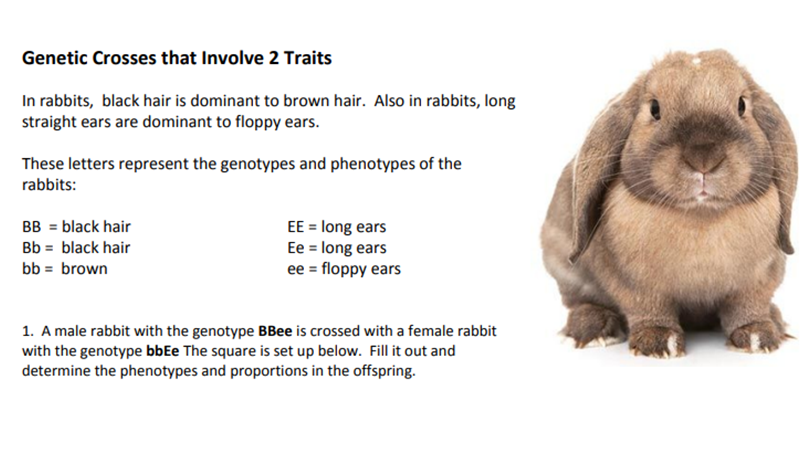
Genetics – Lop Ears
This worksheet allows students to practice doing genetic crosses that involve two traits. The first problem has the 4×4 Punnet square already set up. Once they fill out the square, they determine how many of the bunnies have floppy or long ears, and how many have black or pink noses. Note, these genetic traits are…
-
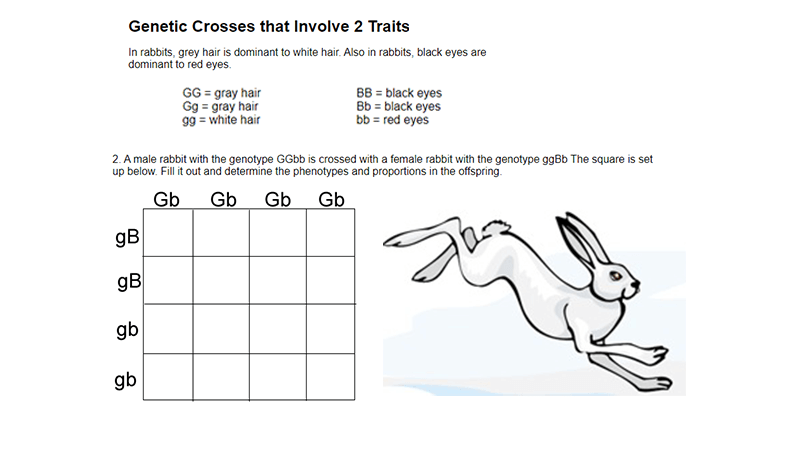
Genetic Crosses – 2 Traits
This worksheet was designed for freshman learning dihybrid crosses. Students struggle with setting up Punnet squares, so the squares are set up for them at first. Students only need to fill in the letters of the genotype can determine the phenotype proportions. A final task requires students to set up their own 4×4 square when…
-
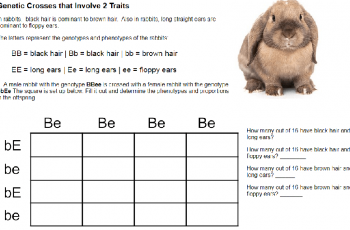
Genetic Crosses with 2 Traits with Rabbits
Beginning biology students can struggle with dihybrid crosses and setting up Punnett squares that have two traits. When tackling this concept, make sure students are familiar and competent with basic genetic crosses and setting up Punnett squares for a single trait. For example, a tall (Tt) plant is crossed with a short plant (tt). Once…
-
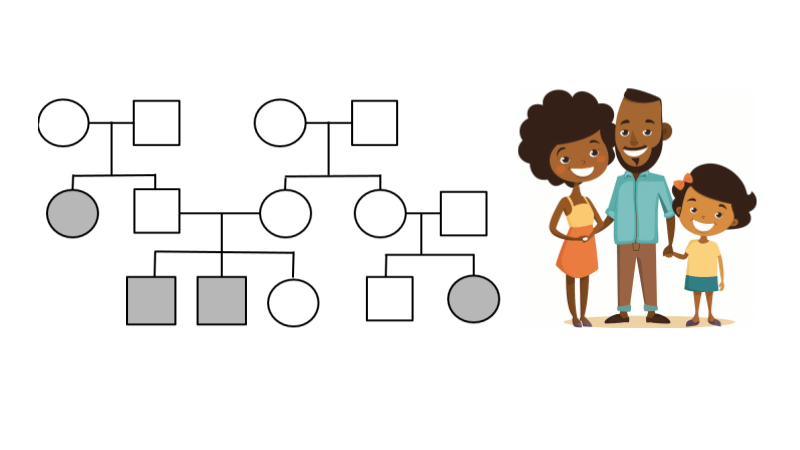
Analyzing Human Pedigrees
Examine pedigrees to determine carriers in a family and inheritance patterns.
